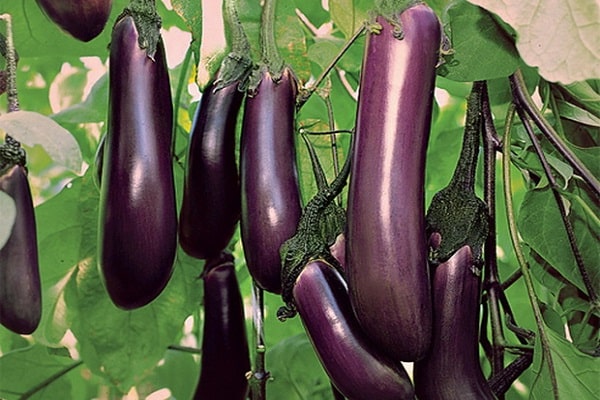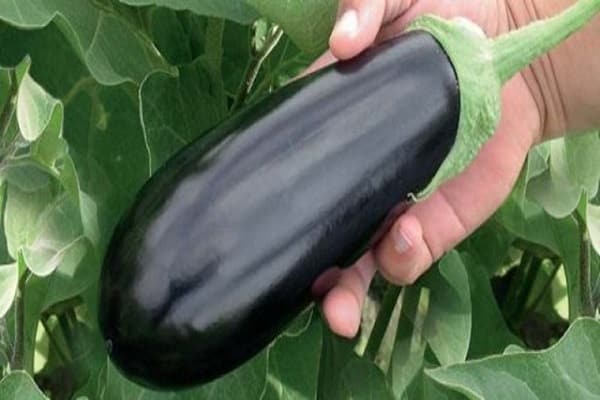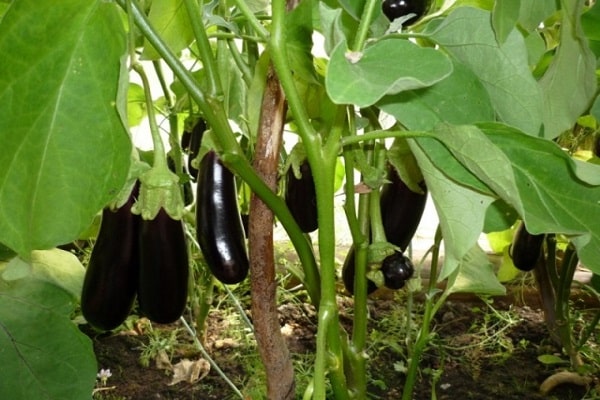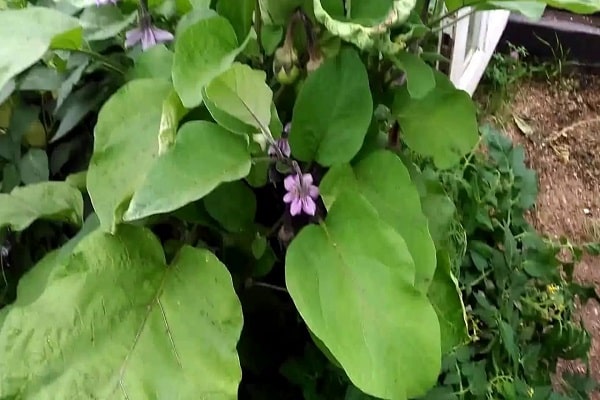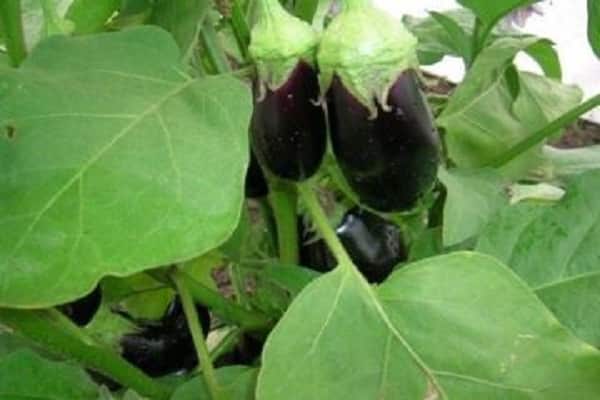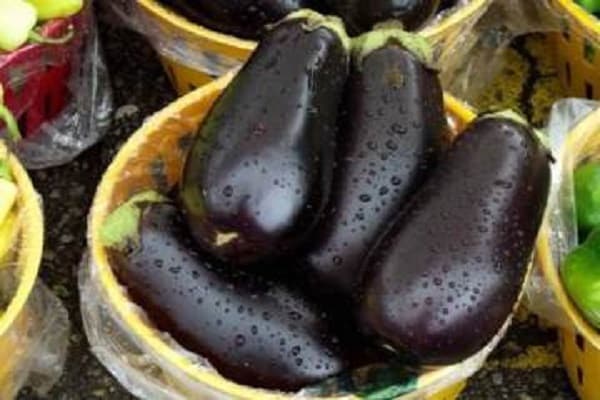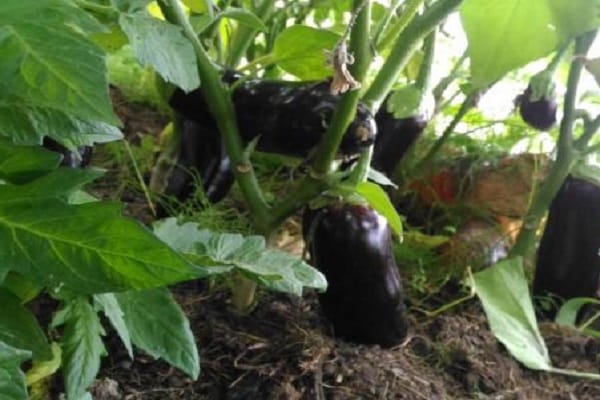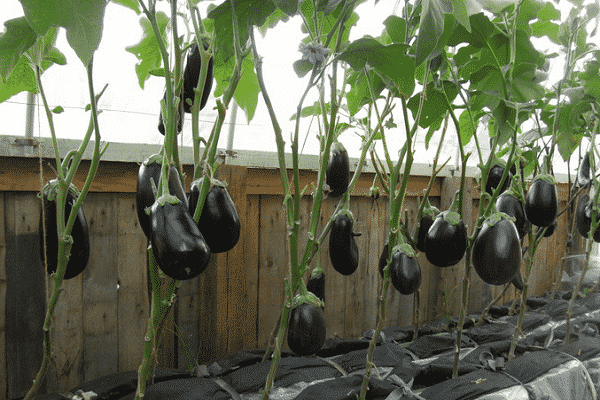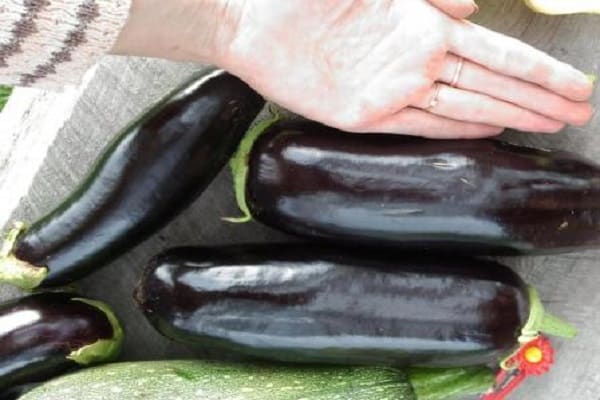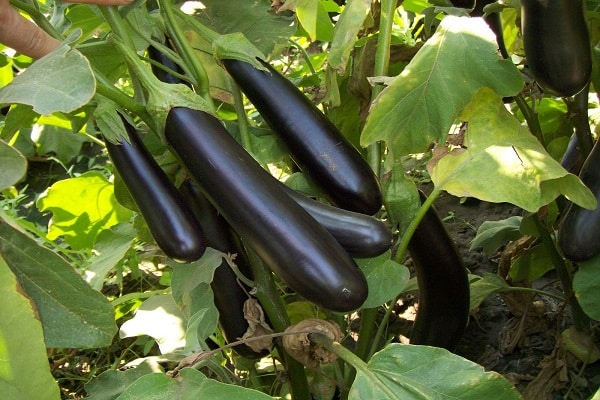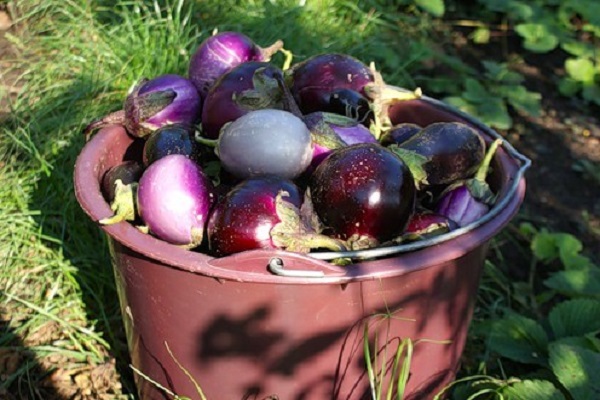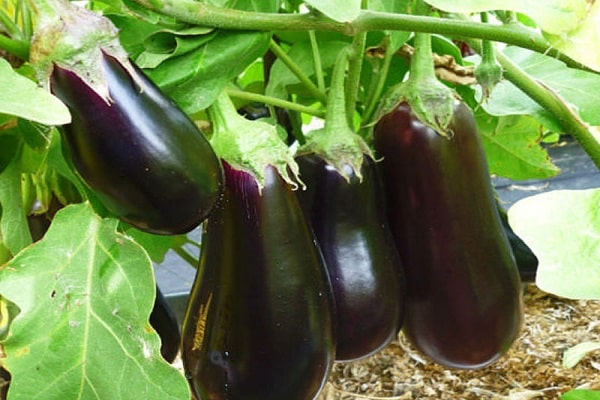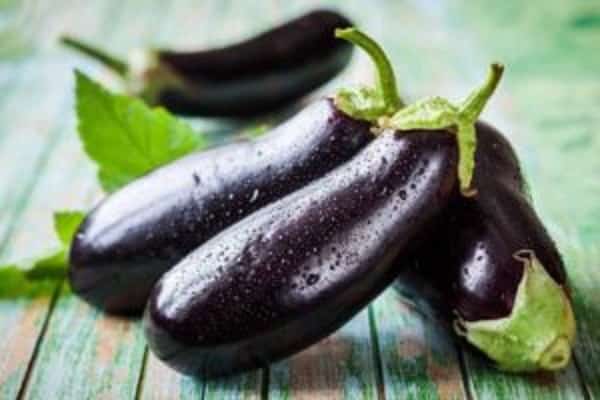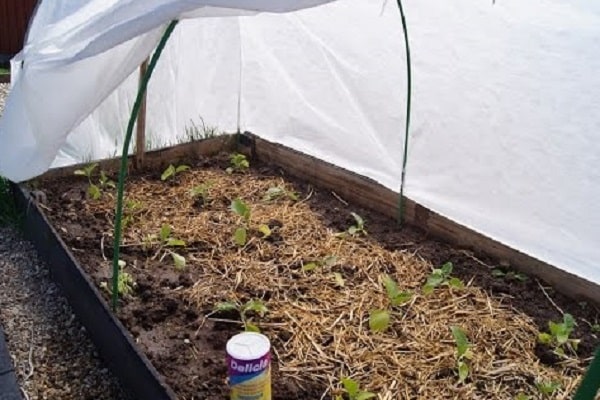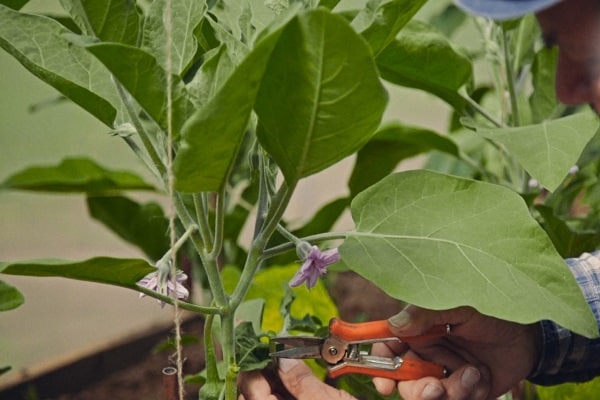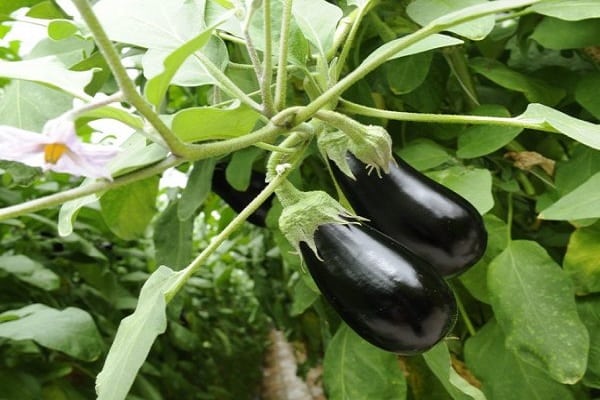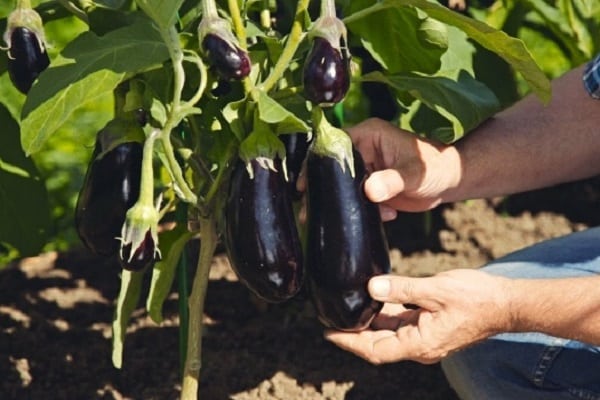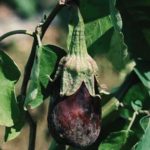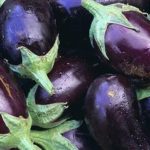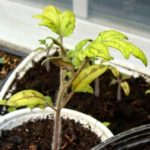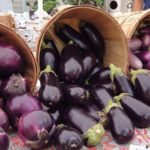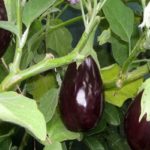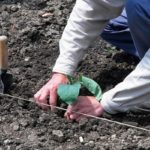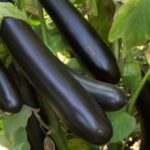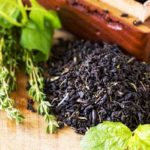Mid-early ripening eggplant variety Galich is characterized by very high yield. This is one of the most heat-demanding crops of all vegetables grown in the regions of our country. Eggplant seedlings before planting in open ground, it should be 15-20 cm high; the roots of potted seedlings are strong, are not damaged during transplantation and quickly take root. The fruits are collected without waiting for the onset of biological maturity.
- Galich - description and characteristics of the variety
- Main advantages and disadvantages
- Growing rules
- When to plant
- Potted seedlings - a guarantee of high yield
- Sowing seeds and caring for seedlings
- Selection and preparation of a landing site
- Picking
- Growing seedlings in eggshells
- Features of care
- Watering rules
- How to fertilize
- Loosening and weeding
- Bush formation
- Diseases and pests: methods of combating them
- Harvesting and storage
Galich - description and characteristics of the variety
Brief characteristics and description of the Galich eggplant variety:
- The fruits ripen on the 112-140th day.
- The plant is compact, low-growing, the height of the bush is up to 70 centimeters.
- The fruit is dark purple with gloss, even black, the shape is cylindrical, sometimes pear-shaped.
- Pulp without voids and bitterness.
Main advantages and disadvantages
Advantages:
- Very productive, up to 9 kilograms per plant.
- Fruiting is stable.
- Perfectly transportable.
Flaws:
- The plant is demanding on temperature and water conditions, especially in the seedling state.
- The bush requires shaping.
Growing rules
The main reason for the depressed state of eggplant seedlings of the Galich variety is low air and soil temperatures.
If you have a greenhouse or greenhouse with reliable heating, you should start growing seedlings between February 10-15.
When to plant
In mid-March, sow some of the seeds in seedling boxes, keep them in a well-lit place, maintaining the soil temperature at least 15-30 degrees. Sow not too thickly so that the seedlings do not stretch:
- After 15-20 days, these seedlings are planted in a pot, greenhouse or bed. The main condition for this: the soil temperature should be at least 25-28 degrees.
- Most often, failures with growing eggplant seedlings are mainly related to temperature conditions. Do not sow seeds in cold soil.
Potted seedlings - a guarantee of high yield
It is known that eggplant seedlings tolerate transplantation very poorly, restoring the root system in 15-20 days:
- It is recommended to organize the cultivation of potted eggplant seedlings of the Galich variety.
- Leave one plant in each pot.
- In May, when hot weather arrives, you need to install it in a film greenhouse or under film shelters on arcs. In 15-20 days from high temperature, timely watering (water every day!) and application of fertilizers, the seedlings will reach condition by the time of planting. It’s not too late to land her on May 25th.
- Carefully planted in the soil, without disturbing the roots, it will outpace in development and yield the one that was tormented in the cold for two months.
Sowing seeds and caring for seedlings
If the seedlings will be grown in a room on a windowsill, then this work should begin no earlier than March 20-25. First you need to sow the seeds in a small box or pot filled with soil mixture:
- The first version of the mixture is humus, garden soil, peat in a ratio of 3:2:1. You can add wood ash at the rate of 1-2 cups per 10 m
- The second option is humus, turf (1:1).
Selection and preparation of a landing site
Of course, in room conditions it is difficult to precisely maintain the specified temperature, but you must strive for this, otherwise you will not get good seedlings.
If the seeds are good and the temperature has been maintained, seedlings will appear in 10-12 days, or even earlier. Their absence after the specified period means that they did something wrong and should either increase the temperature or reseed.
Picking
With the appearance of 1-2 true leaves, the seedlings should be planted (planted) in pots filled with the same soil mixture in which the seedlings were grown.
The crops are watered after 2-3 days with warm water through a strainer, and when they have 3-4 true leaves - every day, preferably in the morning.
Growing seedlings in eggshells
Try growing potted eggplant seedlings. They make cells in low cardboard boxes 10-15 cm high, measuring only 5 x 5, or even 4 x 4 cm.
Take an egg shell and be sure to make a hole at the bottom for drainage.
Fill them with fertile soil and sow two seeds in each. There is no need to rush into the sowing time - they do it in mid-April, or even after the 20th.
The main condition for this is that the soil temperature at the growing site should be 25-28 °C.
You will have to water these unique cassettes every other day and feed them with nitrogen fertilizers once a week, giving two tablespoons of urea, urea or ammonium nitrate per bucket of water.
Features of care
With the onset of stable warm weather, boxes with seedlings must be taken out to the balcony, loggia, or placed under a film cover on arches in the courtyard or garden plot.
But at night they should again be brought into a warm place or a reliable shelter should be provided.
Eggplant seedlings should be planted in open ground in two rows. From one plant.
Watering rules
Watering is especially important during hot days. Eggplants do not feel very good in hot summers:
- In hot, dry weather, they should be watered once every two days.
- Make furrows between the rows and mulch them with straw or sawdust.
- You need to mulch not only the furrows, but also the ground around the bushes. This allows you to retain moisture longer and eliminates the need to constantly loosen the soil to prevent crust formation.
- Mulching also prevents overheating of the soil. Overheating in the root area can cause a plant to shed not only its flowers, but also its leaves.
- Watering directly into the furrows is good because the water does not spread, and less time and effort is spent on watering each plant separately.
How to fertilize
The seedlings are fed after 8-10 days with a solution of slurry (1:10), bird droppings (1:15) or mineral fertilizers, mainly a mixture of urea, superphosphate, and potassium sulfate taken in equal proportions (potassium can be replaced with ash, but you need to take it three times more than nitrogen and phosphorus fertilizers).
Loosening and weeding
These agrotechnical techniques must be carried out systematically when growing the Galich variety.
Making furrows and regular loosening stimulates the formation of new additional roots. The roots begin to grow in the direction where water and fertilizing come from.
Bush formation
Formation refers to the removal of excess shoots from the bush. Cut off all the stepsons that form below the first fork. While the seedlings are small, growth occurs in one stem, but as they grow, the stem branches into two shoots.
Until the stem forks appear, it is necessary to gradually remove all stepsons in the axillary zone of the leaf during the plant growth process.
This technique will help reduce the load in the early stages of bush growth and allow the plant to grow actively. By the time they bloom, the bushes will be completely strong.
The eggplants should continue to grow freely without further shaping. But at the same time, if stepchildren suddenly appear below the fork or from the ground, they must be removed in order to maintain formation.
Diseases and pests: methods of combating them
After the eggplants have set their first fruits, you need to remove all the lower leaves below the fork. Especially those that touch the ground.You should remove one or two leaves every 7 days as the bush grows.
This technique improves ventilation in the garden bed, and removing the lower leaves prevents infection by fungal diseases and pests.
Harvesting and storage
The easiest way to protect fruits and plants from destruction as a result of low temperatures in early and mid-autumn is to cover them with agrofibre.
When the daytime temperature drops to 9 °C, eggplants of the Galich variety lose their ability to ripen.
Fruits of different shapes are stored separately from each other. They are regularly sorted, selecting overripe and spoiled specimens.
In room conditions, eggplants dry out quickly; it is better to store them in the cellar.
Under no circumstances should these fruits be stored in the light, because the toxic substance solanine accumulates in them. Solanine is an alkaloid; in addition, it impairs the taste of the finished product.
Self-grown eggplants do not contain toxic chemicals and are distinguished by high taste.

